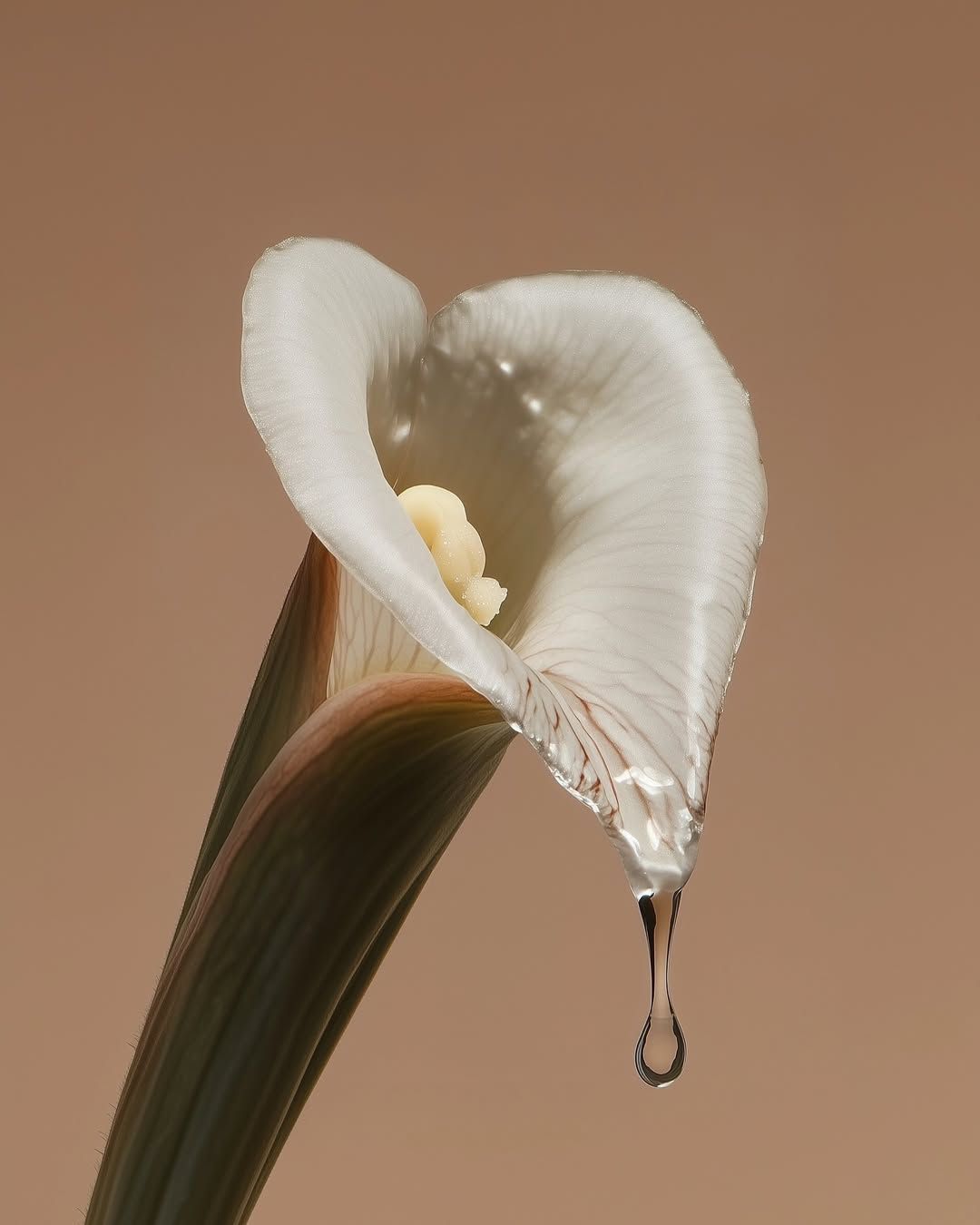If you’re dealing with Urinary Tract Infections (UTIs), or trying to prevent them, there are several lifestyle changes you can make alongside medical care.
Here’s a detailed guide, including what to do, how to do it, and why it helps.
If you’ve ever had a UTI, you know the drill. The burn, the urgency, the constant trips to the bathroom. It’s frustrating, uncomfortable, and often brushed off as “just something that happens.”
But here’s the truth: your lifestyle (and what you wear closest to your skin) plays a major role in preventing them.
UTIs aren’t random. They’re your body’s way of saying something’s off down there.
The good news? With a few small shifts, you can help your body stay in balance and reduce your risk naturally.
💧 1. Hydrate like it’s your job
It sounds simple, but staying hydrated is one of the best ways to keep your urinary tract happy.
Drinking enough water helps flush out bacteria before it can settle in. Aim for 6–8 glasses of water a day, and think of it as your body’s built-in cleansing ritual.
You can introduce cranberry extract or coconut water into your hydration cycle to cool your body down.
(Pro tip: if your pee is pale yellow, you’re doing great.)
🚽 2. Don’t hold it in
When you feel the urge, go.
Holding in urine gives bacteria extra time to grow and multiply in your bladder. Emptying your bladder regularly (and fully) is like hitting the refresh button for your urinary system.
🌿 3. Let your body breathe
Your cooch is an ecosystem, not a sauna.
Wearing tight, synthetic underwear, and pants like plastic based leggings (made of nylon, polyester, spandex, etc) traps heat and moisture, making it the perfect environment for bacteria to thrive.
Choose breathable, natural fibers (like organic cotton or seaweed-infused blends 😉) that wick away moisture and let your microbiome do its thing.
This small change alone can drastically reduce irritation, odor, and infections.
💞 4. Pee before and after sex
It’s one of those “unsexy but necessary” acts of self-care.
Sex can introduce bacteria into the urethra, but a quick pee before and after helps flush them right back out.
It’s one of the simplest ways to prevent a post-intimacy UTI.
🧼 5. Keep it clean (but skip the scented stuff)
Wipe front to back, avoid douches and scented products, and keep things simple.
Your body already knows how to maintain balance, sometimes we just need to stop interfering with it.
Harsh products, tight clothes, and excessive washing can strip away the natural bacteria that protect you.
🥦 6. Support your gut & hormones
Your urinary health is connected to your gut health and hormones. It’s all part of the same ecosystem.
Adding probiotics, eating more whole foods, and cutting back on refined sugars can help support your body’s natural balance from within.
🚿 7. A Global Secret: The Bidet
Toilet paper has become the norm, yet overuse can disrupt your intimate health and vaginal pH and microbiome.
Friction, fragrance, and dryness from paper can irritate delicate skin and strip away protective layers.
In contrast, many cultures around the world use water-based cleaning through bidets for gentler, more natural hygiene.
Water respects the body’s natural balance and helps maintain the good bacteria that keep your ecosystem thriving.
If you can, switch to a bidet, or use lukewarm water and your hand for a quick rinse, then pat dry with a soft cloth.
It’s one of the simplest, most effective ways to support your body’s natural rhythm.
🌊 A Gentle Reminder
If you’re prone to recurring UTIs (two or more in six months), it’s important to see a holistic practitioner, a good gynaecologist (because boy are there some questionable practitioners out there that ruin it it for everyone, or even a naturopath). Lifestyle changes are powerful, but medical guidance ensures you’re addressing any underlying causes too.
Healing your intimate health isn’t just about treating symptoms. It’s about prevention, awareness, and giving your body what it truly needs.
Let your body breathe. Hydrate. Move. Wear natural fibers.
And remember, comfort and health start from the layers closest to your skin.

